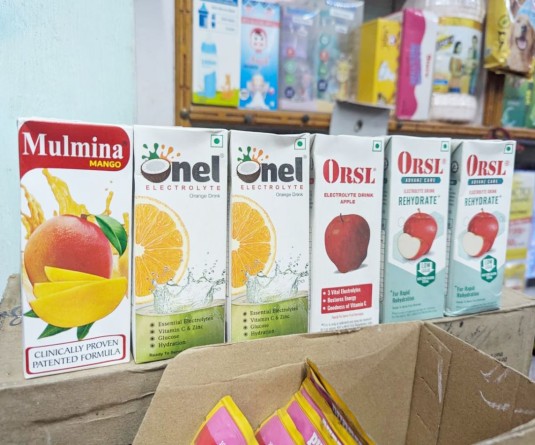
Stats indicate that only 28% households earn above Rs. 410 a day
Morung Express News
Dimapur | April 10
Over 72% of households in Nagaland State are either categorised as PHH (Priority Household) or Antyodaya Anna Yojana (AAY) indicating that nearly one-third of the population barely manages to scrape through a month without government assistance.
According to the Food & Civil Supply Department, Nagaland State currently has 14,04,956 beneficiaries under the National Food Security Act (NFSA) out of which 47,500 households are AAY beneficiaries with 2,12,034 members; and 237,434 households are under PHH scheme with 11,93,922 members.
These figures were arrived at based on the 2011 Census. This translates into 72.42% of total households in Nagaland State and 71.01% of its total population dependent on State assistance.
The Nagaland State Government’s eligibility criteria for AAY Scheme is “Old people, widows, disabled person without family or societal support, landless labourers,” while those included under PHH are “Landless labourer, marginal farmers, person earning livelihood on daily wages and family with yearly income of Rs.1, 50,000 and below.”
In other words, less than 28% of households in Nagaland are earning above Rs. 12,500 per month or around Rs. 410 per day. The rest either survive as marginal farmers or daily wage earners.
Similar figures (14, 03,579) were also quoted by Nagaland Chief Minister Dr. Shürhozelie Liezietsu, who also holds the charge of Food & Civil Supplies, while answering an unstarred questioned during the recently concluded State Assembly Session.
Nagaland joined the rest of the states in the country towards providing food grains to the poorest at highly subsidized prices through Targeted Public Distribution System (TPDS) with the launch of National Food Security Act 2013 in June 2016.
Besides, the AAY and PHH schemes, the government also provides other welfare schemes. It includes the Welfare Institutions and Hostels Scheme and the ST/SC/OBC Hostels Scheme. The former is for “registered institutions running for the welfare of the people/society” and the latter for hostels with 3/4th of the students from ST/SC/OBC categories.
Does the data signify any anomalies – for instance the manipulation of income data by the beneficiaries or inflation of data by the department? If the data is right, it is pertinent for the government to ensure developmental activities to uplift the majority of the populace living a marginal existence in the State.




